Things to do in Rome in winter
Take in the Eternal City and let the city slowly reveal its secrets.
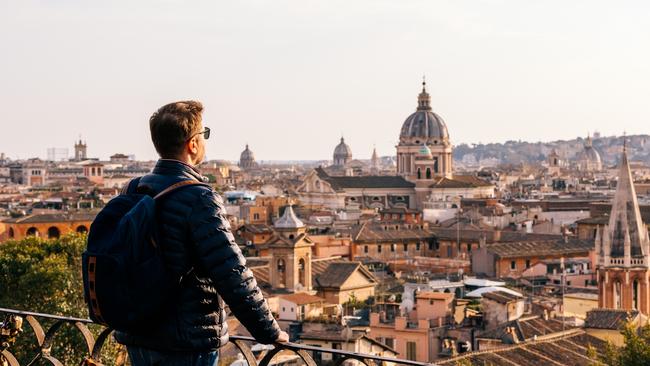
The often-mythologised city of Rome tends to divide opinion between those who see it seeping with thousands of years of culture, and those who found it sweaty and overcrowded. With heatwaves becoming more common and international travel rebounding with a vengeance, an Italian summer is becoming overrated. Instead, take in the Eternal City the off-season, roughly November to March, and let the city slowly reveal its secrets to you.
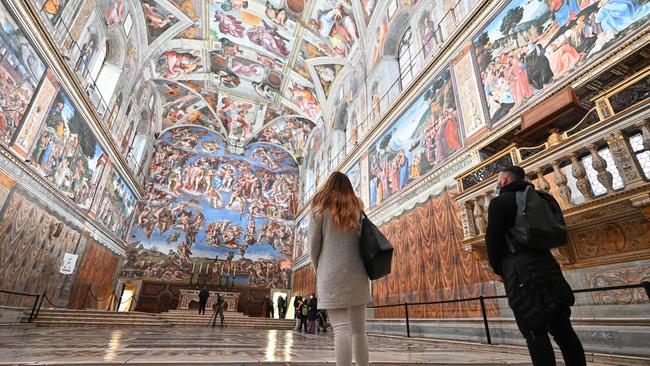
1. 45 museums, one ticket
An off-season trip to Rome ushers in comparative calm at must-see attractions such as the Vatican and Sistine Chapel, St Peter’s Basilica and the Colosseum. Without the long queues, you can more easily appreciate the beauty of Michelangelo’s Pieta, his ceiling frescoes and that unforgettable gladiatorial amphitheatre. Even so, it’s worth buying a pass to secure either free or discounted entry tickets. The 48-hour Roma Pass includes access to more than 45 museums, monuments and archaeological sites, as well as public transport by bus or metro. Visit during December and January and catch the Presepi in Vaticano (until January 8), St Peter’s Square’s fabulous open-air display of 100 nativity scenes.
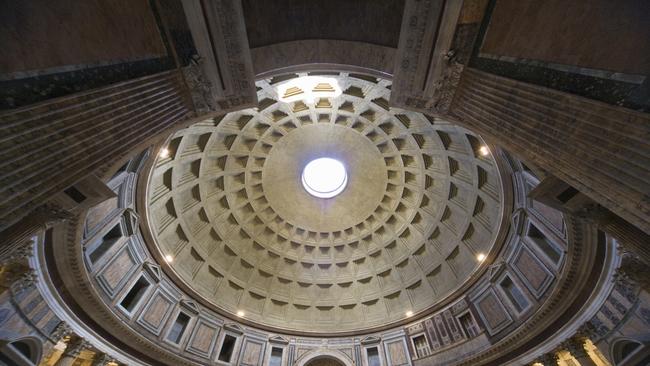
2. The Pantheon
Raining? Head to the Pantheon and watch raindrops fall through the oculus, the open hole at the top of this stunning former Roman temple. This is the Pantheon’s only source of illumination and it also functions as a reverse sundial, marking out time in light rather than shadows. The Pantheon’s dome is bigger than that of St Peter’s Basilica, and when it rains, the original marble floor’s concave shape helps drain the water away. Out of season, you’ll have the rotunda more or less to yourself and entry is free. Among the highlights of this well-preserved space are the tombs of Raphael, Mussolini and monarchs Vittorio Emanuele II, Umberto I and Margherita of Savoy.
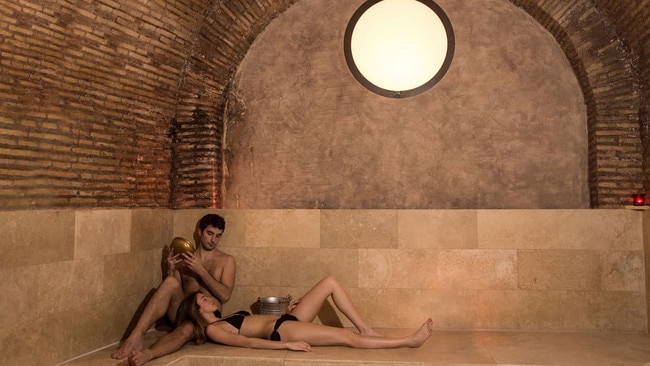
3. Roman baths
Offset a chilly winter visit and sightseeing fatigue with a popular ritual of ancient Rome – a trip to one of the city’s public baths, or “terme”. With roots dating back to the Hellenic period, and close in format to a hammam, traditional bathing, as in the Baths of Caracalla, involved a series of hot then increasingly cold pools. A steam room followed, then a body scrub and finally a cooling bath. Acqua Madre in the old Jewish ghetto authentically reproduces the experience. Terracotta bricks and elegant arches grace its atmospheric pool areas; there’s a frigidarium (cold room), a tepidarium (warm room) and caldarium (hot room), alongside full body scrubs using traditional soaps and oils.
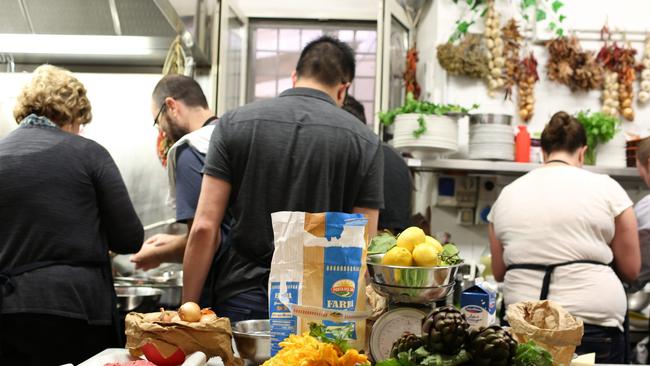
4. Traditional cooking class
Learn to cook like a true Roman with local chef Andrea Consoli and you’ll never again pick up a jar of shop-bought Bolognese. Andrea’s fun and informative classes help unravel the secrets of traditional Roman dishes. And as all the ingredients used in this five-hour, hands-on class come from the Lazio region, you’ll get to cook and eat truly local food as well as gain valuable insider knowledge. A typical menu for group classes might comprise pasta with arrabbiata sauce, then chicken cacciatore with rosemary-tossed roasted potatoes, followed by tiramisu. Convivial tutorials take place in Andrea’s homely kitchen in Trastevere. After cooking, sit down to eat your creations, enjoyed with generous quantities of regional wine.
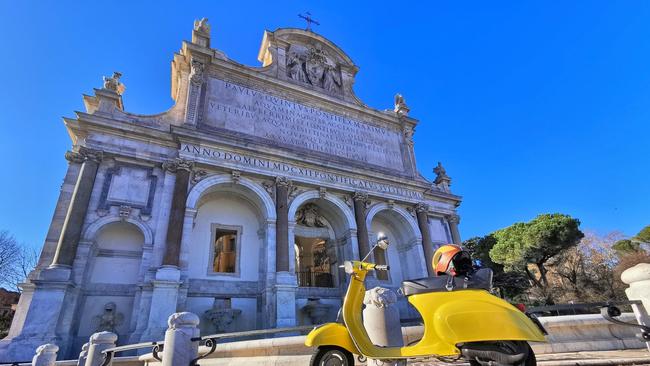
5. Vespa tours
Now the crowds have thinned and tour buses no longer clog the centre, feel free to play out your Roman Holiday fantasies and take to the cobblestone streets on a Vespa. Choose from self-guided rides, escorted tours or, for a little Wallace and Gromit fun, a Vespa sidecar. Tour operator LivItaly leaves the hassle of negotiating street signs and directions to an expert Roman driver and guide while you enjoy the sights from a unique vantage point. Commentary is provided by a linked headset attached to the helmet. Among the many treasures to see and hear about during the three-hour ride are the Santa Maria Maggiore basilica, Circus Maximus, Palatine Hill, the Pantheon and Trevi Fountain.
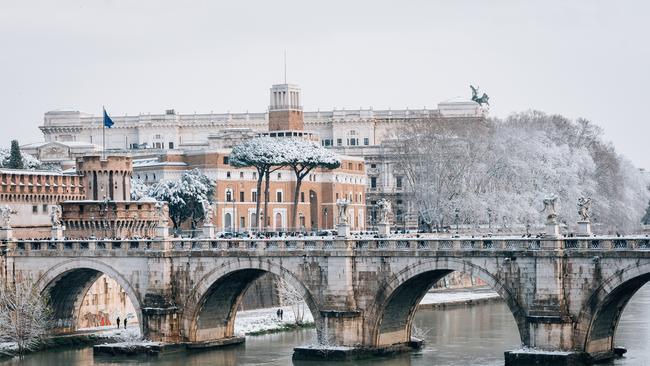
6. The River Tiber
For alternative city views, stroll along the banks of the River Tiber. Rome has recently invested in cleaning up the river’s cycleways and footpaths, and although the Tiber twists and turns, so doesn’t offer a straightforward route from A to B, it’s a lovely way to appreciate the city during the quieter seasons. Each bridge has steps leading down to the banks, providing unusual glimpses of flamboyant bridge statues, St Peter’s and the five-arch marble Ponte Sant-Angelo, commissioned by Emperor Hadrian in the 2nd century to connect the city to his mausoleum, Castel Sant’Angelo. En route are quotidian scenes of Roman life, such as dogwalkers and rowers, chestnut sellers and – not to be missed – the impressive riverbank wall art of South African artist William Kentridge depicting triumphs and laments.
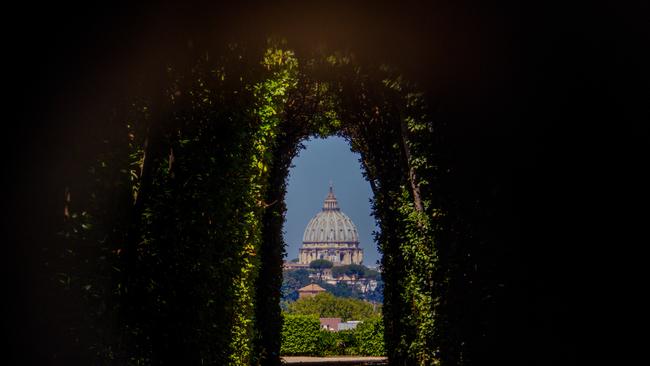
7. Trastevere & Testaccio
Explore Rome’s hyper-local neighbourhoods. Trastevere, one of the oldest districts, has a delightful village atmosphere found in tight cobblestone streets and colour-washed dilapidated buildings. Head to Piazza Santa Maria, where the basilica has dazzling Cavallini mosaics, and don’t miss Orto Botanico, an exquisite garden oasis. The area springs to life in the evening with buzzing bars serving aperitivi and craft beers. Alternatively, explore lesser-known and formerly working class Testaccio, now a hip neighbourhood beloved by foodies. Trawl the Via Lorenzo Ghiberti food market and refuel on porchetta panini or Trippa alla Romana. Afterwards, climb Aventine Hill for a stunningly framed keyhole view of St Peter’s dome from the Palace of the Knights of Malta.
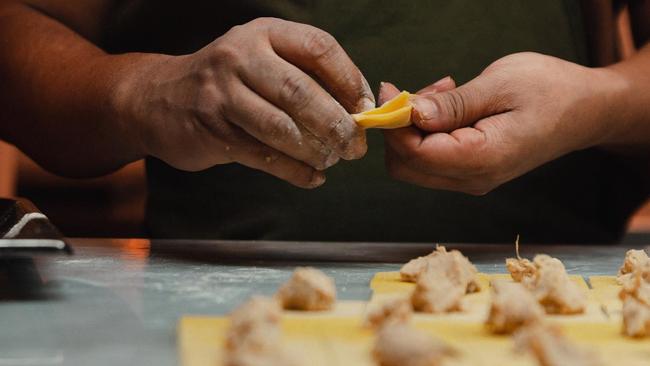
8. Where to eat
Although it’s hard to eat badly in Rome, many central restaurants are tourist-focused. Without recommendations, it can be hard to find locals’ favourite eateries. For seasonal and authentic Roman specialities with a modern twist, head to Trecca Cucina di Mercato in the Ostiense district; it’s off the beaten track but worth the effort. In winter, expect unctuous meaty mains such as pork belly with potatoes and thyme; in spring, try Vignarola, a typical Roman dish of braised peas, fava beans, lettuce and artichokes. Trecca is run by two young brothers, Manuel and Nicolo Trecastelli, who aim to use only small-breed suppliers and local farmers. Make room for their lauded carbonara, packed with pepper-spiked guanciale. You won’t taste better.
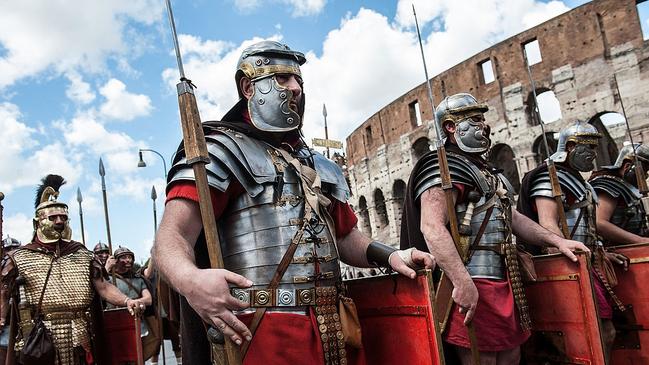
9. Festivals
New Year’s Eve is hugely important to Italians. If your visit coincides, kick off with the solemn Papal Vespers in St Peter’s, then head to Quirinale for an open-air concert followed by midnight fireworks at Circus Maximus. Finish with a fortune-bringing feast of pork and lentils, and the following day join Roman families to watch the musical parades at Piazza del Populo. Visiting in spring? You might catch the Natale di Roma, the annual celebration of Rome’s birthday (April 21) where 2000 gladiators take to the streets and chariot races are held in the forum. Alternatively an autumn trip ushers in the three-month annual Romaeuropa Arts Festival, alongside gorgeous seasonal produce such as truffles, porcini mushrooms and chestnuts at the Campo dei Fiori market.
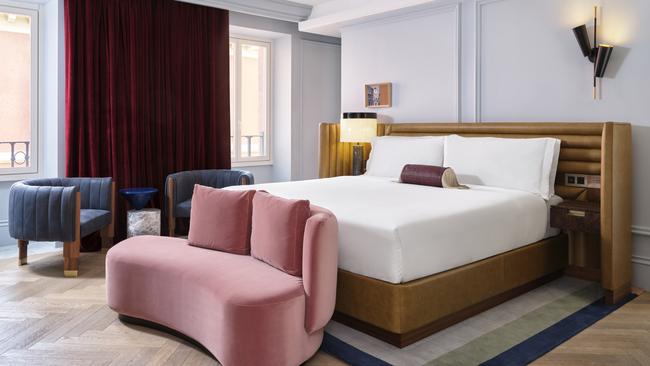
10. Where to stay
W Hotel opened its first Italian property in Rome last winter, and where better to showcase the group’s trademark bold blend of antique and cutting-edge contemporary than in the Eternal City. Set in a couple of adjacent 19th-century palazzi on Via Liguria, next to the Spanish Steps, W’s guestrooms mix seductive colour schemes, open-plan spaces and romantic terraces with an overall decor of eye-popping furniture, handpainted murals and black and grey marble detailing. Add to that a dreamy rooftop bar, a secret garden with topiary and water fountains inspired by one of Borromini’s churches and Duomo, then a Michelin-starred Sicilian-themed eatery headed by chef Ciccio Sultano, and it’s tempting to hunker down and leave sightseeing for another day.

To join the conversation, please log in. Don't have an account? Register
Join the conversation, you are commenting as Logout